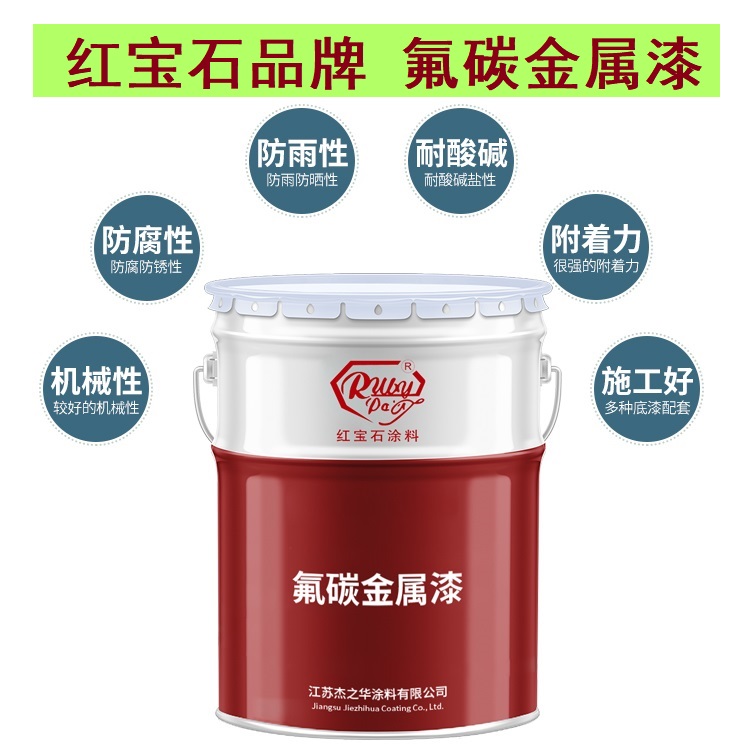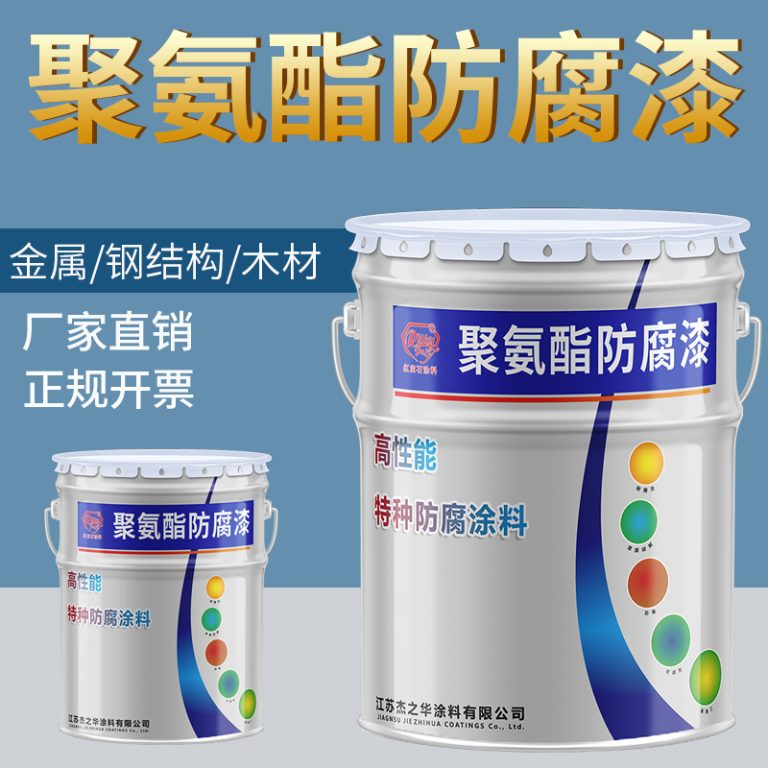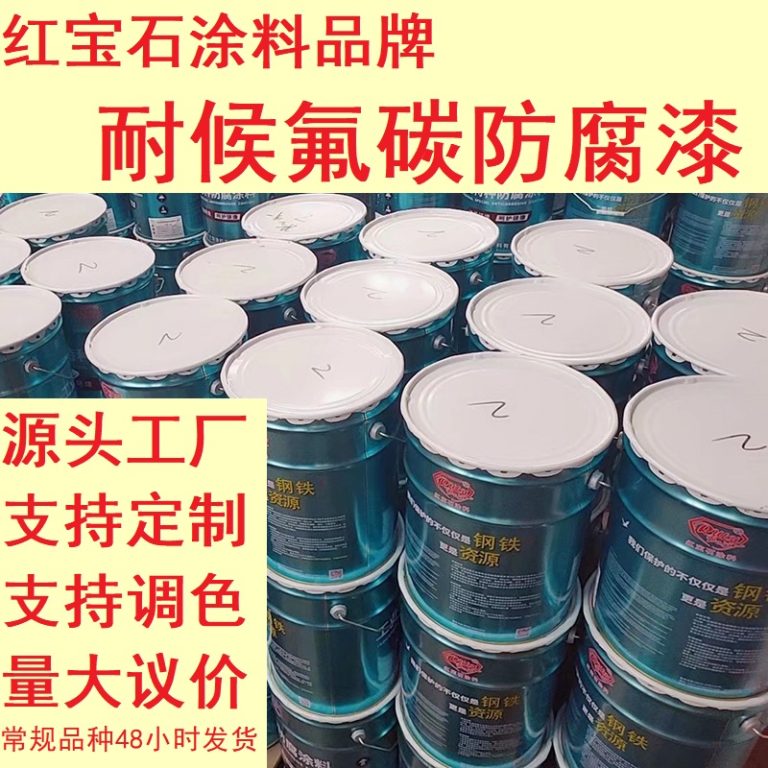Table of Contents
The Importance Of Primer For Heat Resistant Paint
When it comes to painting surfaces that are exposed to high temperatures, such as stoves, grills, or exhaust pipes, heat resistant paint is an essential choice. This specialized paint is formulated to withstand extreme heat, preventing the surface from cracking, peeling, or discoloring. However, before applying heat resistant paint, it is crucial to consider the use of a primer. A primer serves as a preparatory coating that enhances the paint’s adhesion, durability, and overall appearance. In this article, we will explore the importance of using a primer with heat resistant paint and how it can significantly improve the performance and longevity of the paint job.
| Serial Number | Name |
| 1 | Epoxy Zinc rich paint |
Firstly, a primer provides a smooth and even surface for the heat resistant paint to adhere to. This is particularly important when painting metal surfaces, which are commonly subjected to high temperatures. Metal surfaces can often be uneven, rusty, or have remnants of old paint, all of which can hinder the effectiveness of heat resistant paint. By applying a primer, you create a uniform surface that allows the paint to adhere more effectively, reducing the risk of the paint peeling or flaking off when exposed to heat.
Moreover, using a primer can enhance the durability of the heat resistant paint. A primer seals the surface, protecting it from moisture, rust, and other environmental factors that can degrade the paint over time. This is especially critical for surfaces that are not only exposed to high temperatures but also to outdoor elements. A well-applied primer can extend the lifespan of the heat resistant paint, ensuring that it continues to protect and enhance the appearance of the surface for a longer period.
In addition to improving adhesion and durability, a primer can also enhance the color and finish of the heat resistant paint. Primers are typically white or tinted to match the color of the topcoat, which can help in achieving a more vibrant and uniform color. This is particularly beneficial when using lighter shades of heat resistant paint, as the primer can prevent the original color of the surface from showing through. Furthermore, some primers are formulated with specific additives that can improve the heat resistance of the paint, providing an extra layer of protection against high temperatures.
It is important to note that the type of primer used should be compatible with both the surface material and the heat resistant paint. Manufacturers often provide recommendations for specific primers that are best suited for their heat resistant paints. It is advisable to follow these recommendations to ensure optimal results. Additionally, the application of the primer should be done according to the manufacturer’s instructions, taking into account factors such as drying time and the number of coats required.
In conclusion, while heat resistant paint is designed to withstand high temperatures, the use of a primer is crucial for achieving the best results. A primer not only ensures better adhesion of the paint but also enhances its durability and appearance. By taking the time to properly prepare the surface with a suitable primer, you can significantly improve the performance and longevity of your heat resistant paint job, making it a worthwhile investment for protecting surfaces exposed to extreme heat.
When To Use Primer With Heat Resistant Paint
When it comes to using heat resistant paint, one of the common questions that arise is whether a primer is necessary. The answer to this question depends on several factors, including the type of surface being painted, the condition of the surface, and the specific requirements of the heat resistant paint being used.
Heat resistant paint is designed to withstand high temperatures, making it ideal for surfaces that are exposed to heat, such as fireplaces, stoves, and exhaust pipes. However, like any paint, its performance can be influenced by the surface it is applied to. A primer can help to create a smooth, even surface that allows the heat resistant paint to adhere better and last longer.

In general, a primer is recommended when painting surfaces that are porous, such as wood or masonry. These surfaces can absorb the paint, leading to an uneven finish and potentially compromising the paint’s heat resistance. A primer seals the surface, preventing the paint from being absorbed and ensuring a more uniform application.
Similarly, a primer is beneficial when painting over a surface that is in poor condition. If the surface is rusty, peeling, or has other imperfections, a primer can help to smooth out these issues and provide a better base for the heat resistant paint. This not only improves the appearance of the finished product but also enhances the durability of the paint.
| No. | Article Name |
| 1 | Industrial paint |
It is also important to consider the specific requirements of the heat resistant paint being used. Some heat resistant paints are formulated to be used without a primer, while others may require a primer to achieve optimal performance. It is always best to consult the manufacturer’s instructions to determine whether a primer is necessary for the particular paint you are using.
When a primer is used, it is crucial to choose the right type of primer for the job. There are primers specifically formulated for use with heat resistant paints, and these are typically the best choice. These primers are designed to withstand high temperatures and provide a strong bond between the surface and the paint.
Applying a primer is a relatively simple process, but it is important to follow the manufacturer’s instructions carefully. The surface should be clean and dry before the primer is applied, and any loose or peeling paint should be removed. The primer should be applied in a thin, even coat, and allowed to dry completely before the heat resistant paint is applied.
In conclusion, while a primer is not always necessary when using heat resistant paint, it can be beneficial in many situations. A primer can help to ensure a smooth, even finish, improve the durability of the paint, and enhance its heat resistance. When in doubt, it is always best to consult the manufacturer’s instructions or seek the advice of a professional to determine whether a primer is needed for your specific project. By taking the time to properly prepare the surface and use the appropriate primer, you can achieve a high-quality, long-lasting finish that will withstand the heat.





